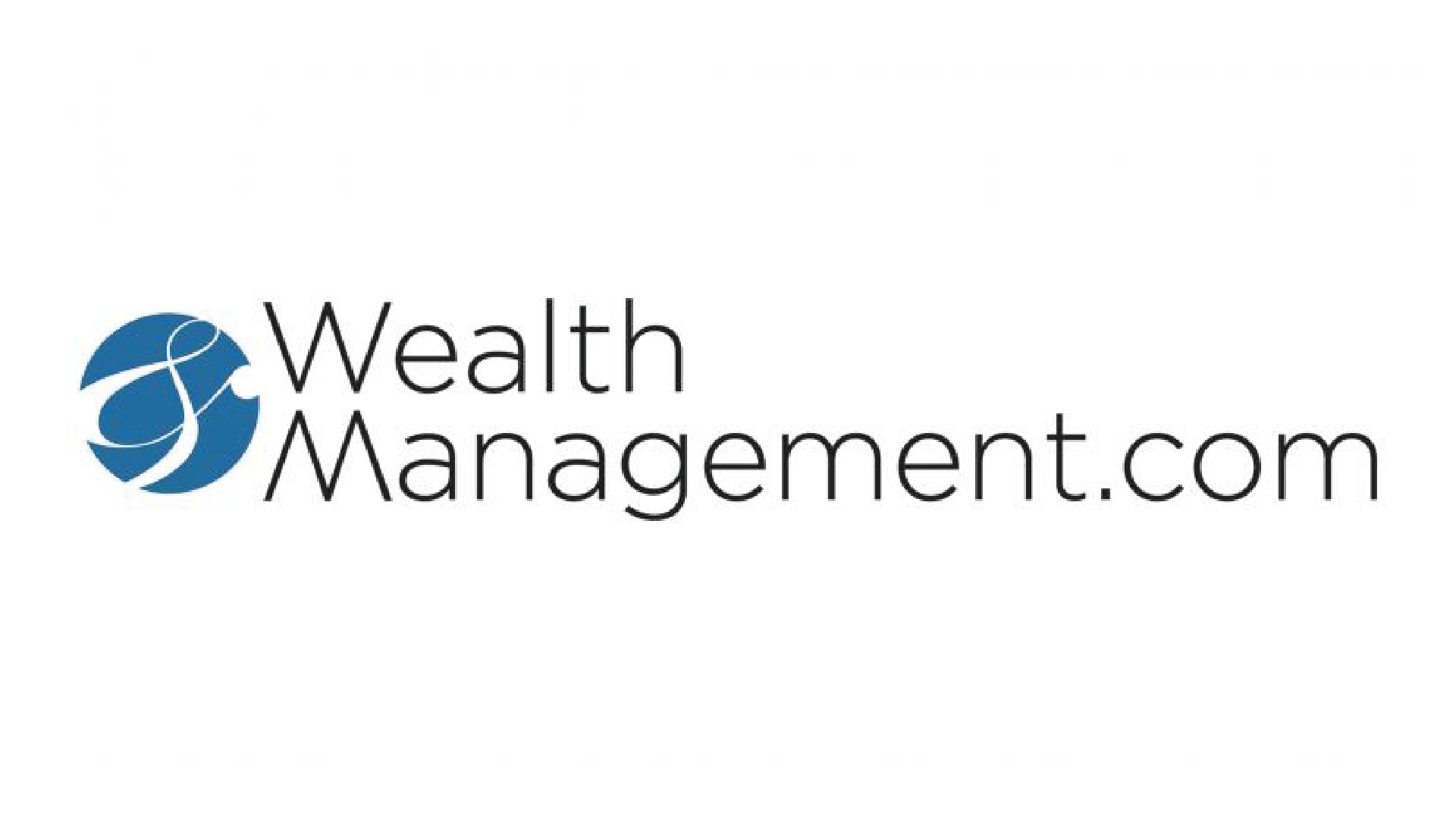Having left large bureaucratic institutions that “manage to the lowest common denominator,” many RIA owners are reluctant to institute systems and processes because they feel by doing so, they will limit the “uniqueness” they have worked so hard to create by setting out on their own. Ironically, it is that very same passion for uniqueness that allows them to grow their business to new heights. They wake up one day with more clients and more employees than they ever could have imagined. Eventually, however, they feel hampered by that uniqueness, as they find themselves asking employees to treat each client differently and constantly reinventing the wheel with every new client onboarding. Despite their mental hangups around instituting discipline and defined systems, the firm will ultimately need to institute process in order to grow.
Appearing on a recent episode of The COO Roundtable podcast, Adrian Chastain of Gratus Capital said, “Process isn’t meant to be scary or rigid; it isn’t meant to take away creativity.” As I have written previously, without a documented process detailing, “This is how we do things here,” new employees are forced to learn by trial and error and guess how to best execute standard processes. On the same podcast episode, Kailee Ostroski of Connecticut Wealth Management commented, “The three things I think about when I think of processes are efficiency, accuracy and repeatability.” She views “process” as nothing more than a checklist of steps needed to complete a task. “I really found those checklists were so integral to my success and helped me make sure I knew what I had to do,” she said. “I didn’t miss anything (in the process) because I wasn’t relying on my memory every time I wanted to compete a certain task.”
As a firm grows and more employees are brought on board to service more clients, it becomes critical everyone performs tasks in a similar fashion. “When you have team members doing things their own way, it can create a very bad client experience,” Chastain said. “Sure, there will be certain situations where you have to go rogue and do something differently, but if you have team members consistently doing things the same way, it serves as a great client service audit if something goes wrong,” because the auditor can see where an employee deviated from the standard set by the firm. Again, process leads to efficiency, accuracy and repeatability within your organization. “Over time, these steps become so much more than a simple checklist—they become a roadmap for how we deliver the best experience to our clients and how we do our best work,” Ostroski added.
It is critical to include team members who will be charged with executing these tasks in the creation and continual revisions of these processes. Chastain explained that at Gratus Capital, “We have Friday huddles between our client experience team and our operations team—the No. 1 topic of those meetings is our standard processes. You need to be constantly on top of the processes that you have in place and look to improve them. It’s also important that everyone understands the process—yes, it’s a checklist, but really to understand why a specific task is a part of the process.” Ostroski added, “Naturally, you just start looking at the checklist and saying, ‘Oh, what if we added this? Or, what if we tweaked that? What if we did this step first instead of third?’ I just see processes as a way to do good work without making mistakes and helping teach other team members how to do the same thing and build their confidence really early on in their careers.”
When the firm only has one or two client service associates touching every task across the practice, institutional knowledge isn’t as critical. But as the client list grows and you need to employ four or more CSAs, process is no longer a “nice to have,” but a “must have.” Set processes will ensure each client—regardless of which team member is executing tasks—will have a consistent experience. As Ostroski said on the podcast, “The more you have collaboration and cross-pollination between teammates, the more important it is that people do things similarly. To have a team that can sub in and out for different advisors or client service folks, because they are following the same processes, that … leads to a better experience for everyone involved.”
While the passion for uniqueness may drive RIA owners to resist implementing systems and processes, it eventually becomes necessary for growth and scalability. Standardized processes ensure a consistent client experience and provide a framework for employees to deliver their best work. Put simply, the firm cannot grow without them. As Ostroski concluded on the podcast, “There’s no doubt for me personally that having those strong processes and having folks committed to what it means to follow a process and the success that comes with it is really really helpful in a growing firm and allowing people to feel good in their day-to-day work.”
This article originally appeared at Wealthmanagement.com

